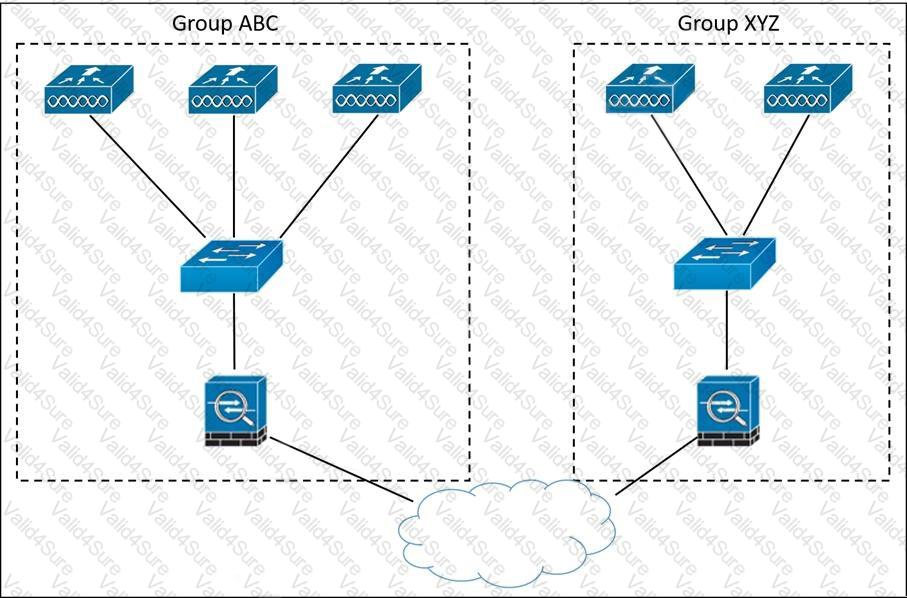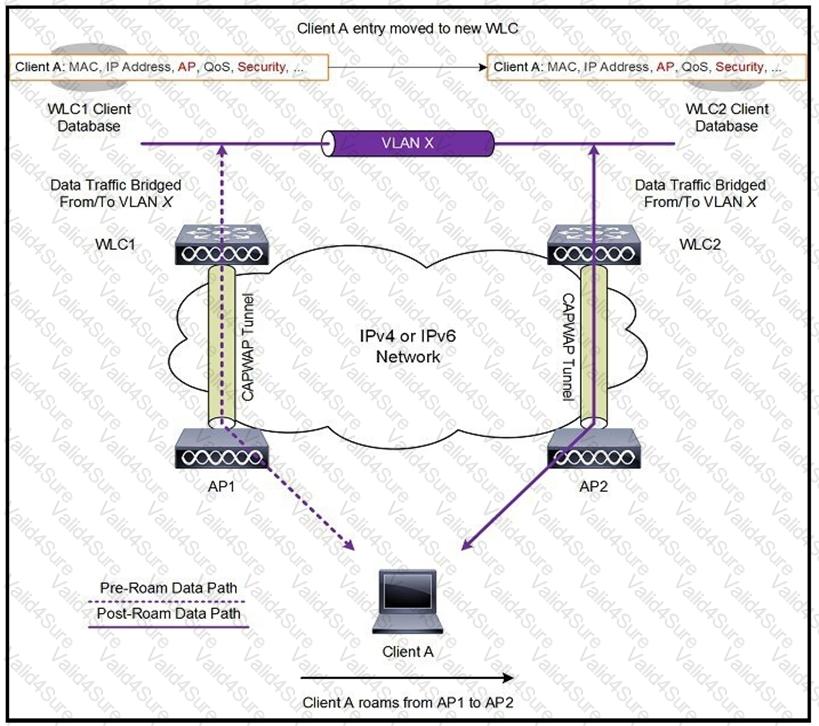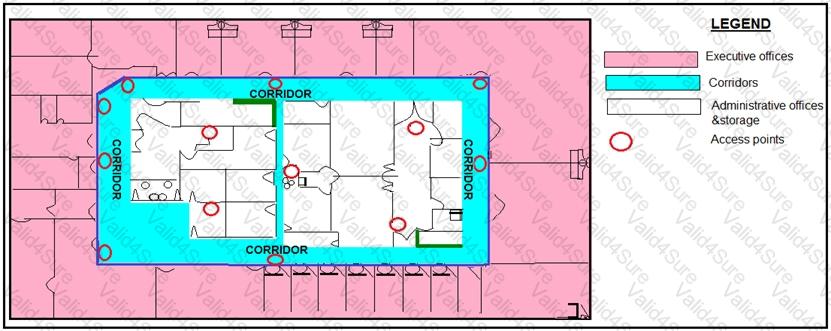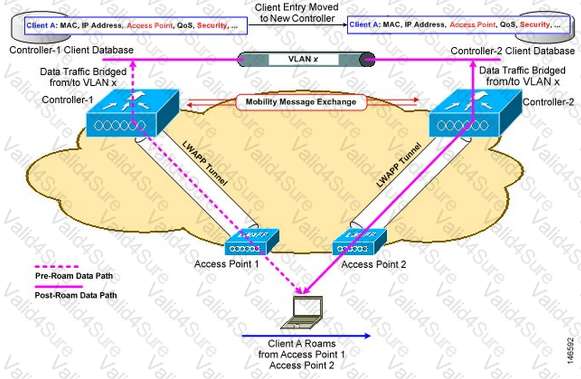300-425 Exam Dumps - Designing Cisco Enterprise Wireless Networks (ENWLSD)
A hospital wireless environment was designed with these characteristics:
• RF coverage
• better than -67 dBm in the 5 GHz spectrum
• RRM be used for DCA and TPC in the 2.4 GHz band
• RRM be used for DCA and TPC in the 5 GHz band
After deployment, why do many of the legacy 802.11b/g devices have difficulty maintaining connectivity?
Refer to the exhibit.

An enterprise has offices spread around the globe. The APs are connected to different controllers installed in separate datacenters. The IT team wants to allow clients to roam from controllers in group ABC to controllers in group XYZ. Which feature must be incorporated in the design to accomplish this task?
During a wireless network design, a customer requires wireless coverage on the perimeter of a building but also wants to minimize signal leakage from the wireless network. Which antenna should be used to accomplish this design?
A network engineer is designing a new wireless network. The network needs to have these characteristics:

Which approach should be taken?
Refer to the exhibit.

A client roams between two APs that are registered to two different controllers, where
each controller has an interface in the client subnet. Both controllers are running AireOS. Which scenario explains the client roaming behavior?
Refer to the exhibit.

What is the main reason why the Wi-Fi design engineer took a different approach than installing the APs in the offices, even though that installation provides better coverage?
An engineer at a global enterprise organization must ensure that a mesh deployment has the highest number of channels available to the backhaul, regardless of region deployed, which design meets this requirement?

